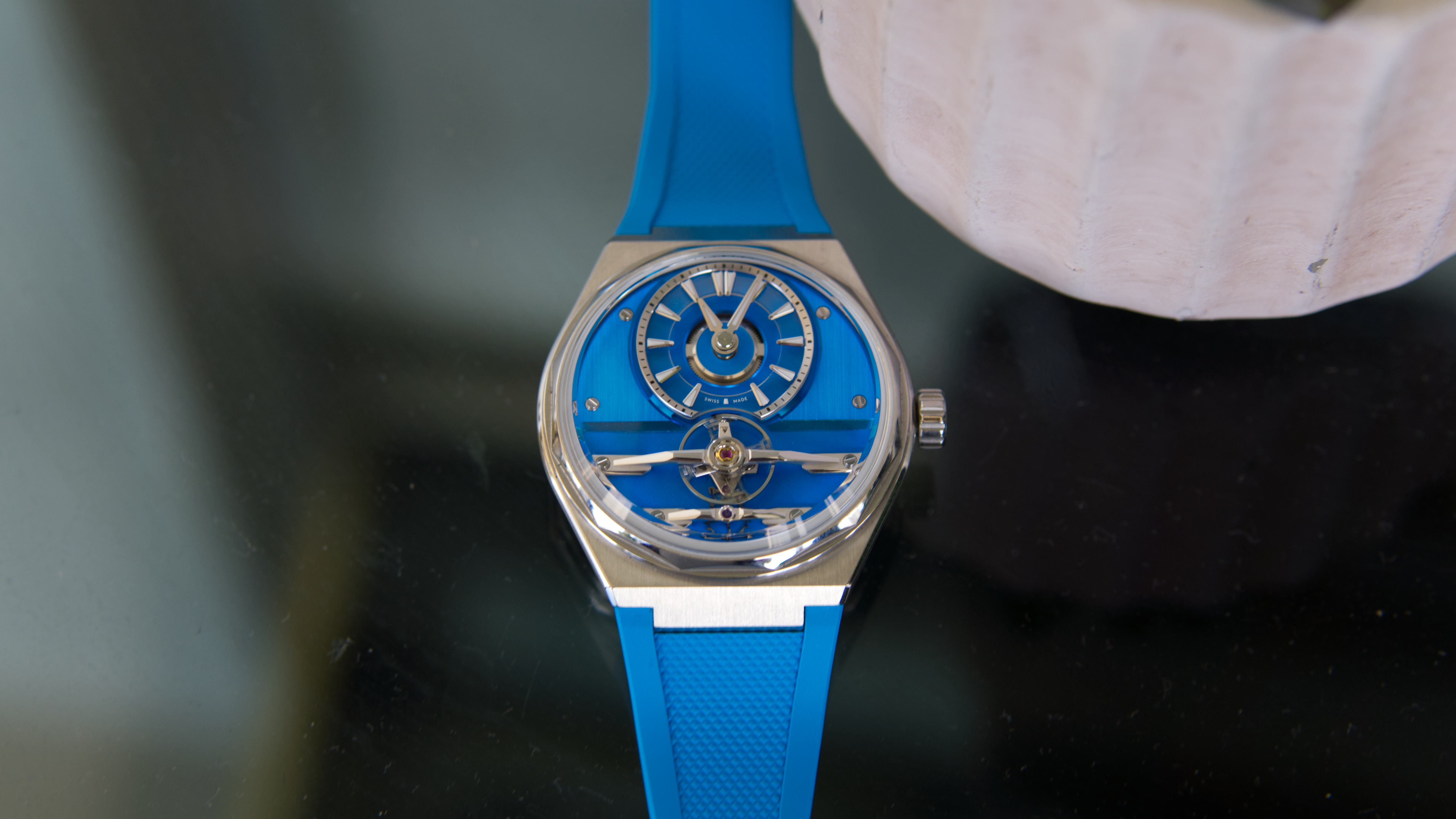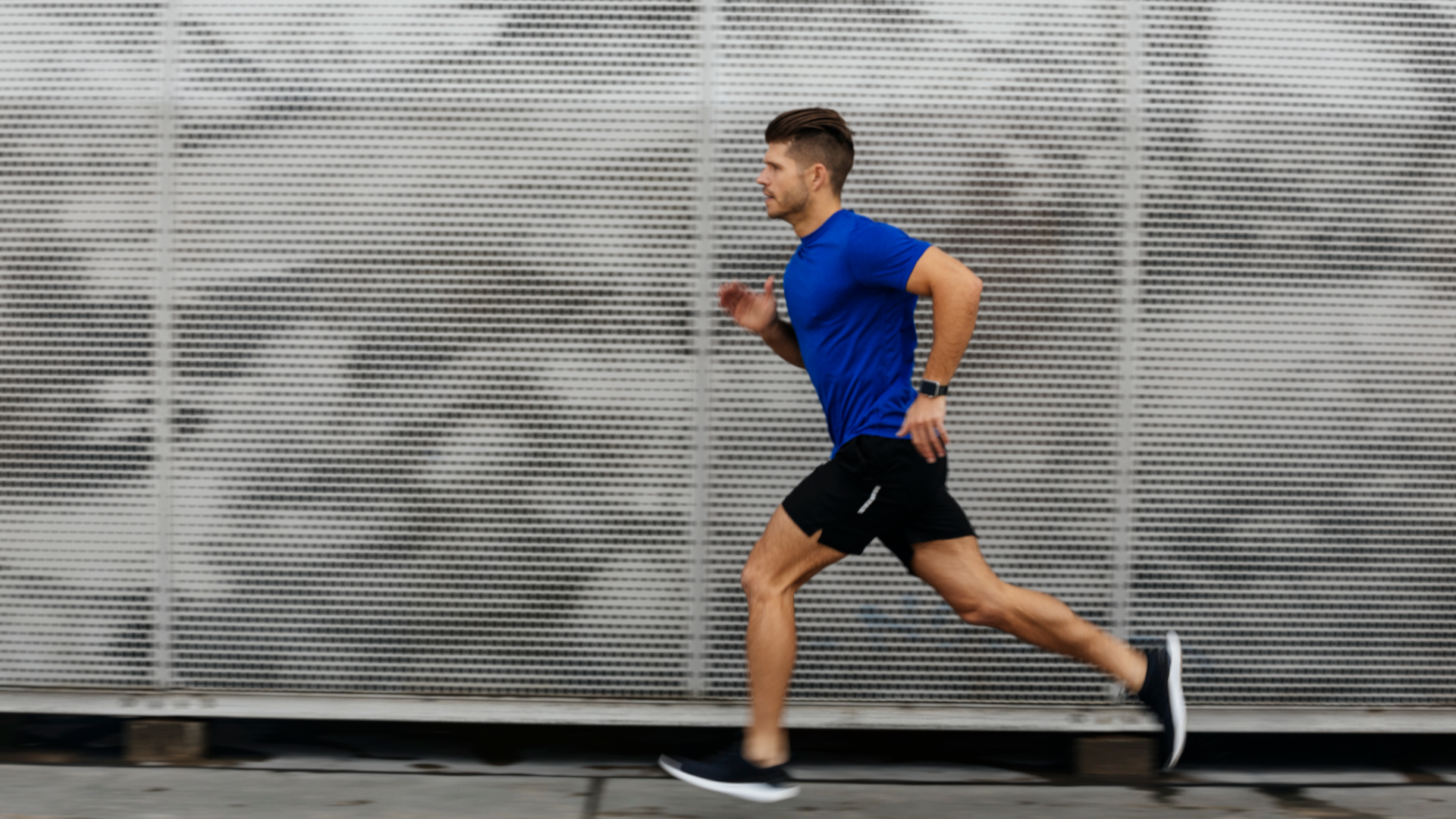

Running is all the rage right now, thanks to the rise of endurance events, like HYROX, and the boom of run clubs, and it’s showing no signs of slowing down according to our 2025 fitness trends.
But, pounding the pavement for the first time, whether you’re a total newbie or have taken a bit of a break, can feel daunting. Are you simply meant to lace up your running shoes, hit the road (or treadmill) and hope for the best?
You could do this, or one method that can step you in the right direction is the ‘run-walk’ method, also known as ‘jeffing’.
“There are so many benefits to the run-walk method,” says Jordan Foster, from Coopah Running. “By incorporating walk-run intervals into your training it can help to gradually build your overall fitness, reduce your risk of injury, and increase your confidence with running.“
After all, we all know how intimidating running for 20 minutes, non-stop, can feel, but by breaking it down into smaller, more manageable segments, it becomes much more attainable. Plus, this approach will help keep you motivated and encourage you to stay committed to your running journey.
The technique— which was actually founded by Jeff Galloway, a former Olympic runner— isn’t just for beginners either. “It’s actually a very popular method for marathon training,” adds Jordan. “Not only can it help to reduce the risk of injury, it can also help to reduce fatigue and even improve your overall pace on race day.”
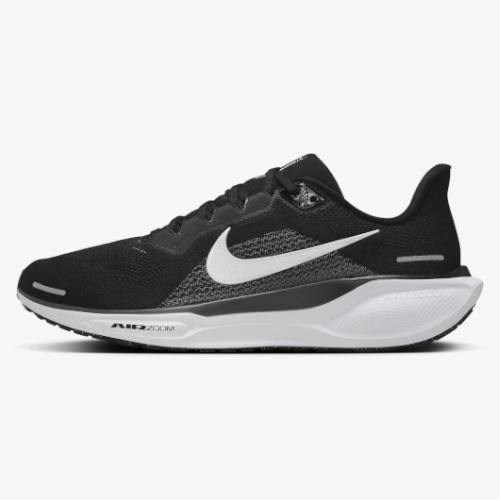
Nike Pegasus 41
The Pegasus 41 is a reliable everyday road running shoe for beginners. It's equipped with responsive cushioning for an energised ride, is lightweight on the foot, and is breathable.
How to figure out your ‘run-walk’ ratio?
So, you’ve got the recipe for run success, but now you need the ingredients, AKA to know how much running and walking to do. The good news is, is that Jordan says there are no ‘set rules’ here and it all comes down to what is best for you.
Sign up to the T3 newsletter for smarter living straight to your inbox
Get all the latest news, reviews, deals and buying guides on gorgeous tech, home and active products from the T3 experts
“If you are a complete beginner I would suggest starting with a 60:60 ratio (60 seconds running followed by 60 seconds walking). Once that feels comfortable you can then look to increase the time you are running, whilst gradually decreasing your rest period.”
Just remember, your walk period is designed to help you catch your breath and lower your heart rate slightly so that you’re ready to run again.
If you’re training for a longer endurance event, like a marathon, then Jordan suggests experimenting with longer walk-run intervals. “For example, you may want to try the 1:4 method, which is one-minute walking, followed by four minutes of running, and you may find this actually makes your overall pace quicker too,” she says.

Bryony’s T3’s official ‘gym-bunny’ and Active Staff Writer, covering all things fitness. She recently completed her Level 3 PT qualification with the PFCA to bring a deeper understanding of training techniques, fitness trends, and wellness advice to her writing. In her spare time, you will find her in her natural habitat - the gym - where her style of training is a hybrid of bodybuilding and powerlifting. Bryony loves writing about accessible workouts, nutrition and testing innovative fitness products that help you reach your fitness goals and take your training to the next level.
-
 3 hamstring stretches every runner should be doing
3 hamstring stretches every runner should be doingIf you’re a runner, these moves should be a given
By Lucy Miller
-
 5 last-minute marathon tips from an athletics champion to help you race like a pro
5 last-minute marathon tips from an athletics champion to help you race like a proEuropean Silver Medalist Holly Archer shares some words of wisdom to make your 26.2 mile journey a good one
By Bryony Firth-Bernard
-
 5 outdated running myths that you need to stop believing, say these experts
5 outdated running myths that you need to stop believing, say these expertsPut them in the bin, forget them!
By Bryony Firth-Bernard
-
 I trained in zone 2 for my half marathon, and it made me a faster runner
I trained in zone 2 for my half marathon, and it made me a faster runnerWhy zone 2 training could be the secret to long-distance running success
By Lucy Miller
-
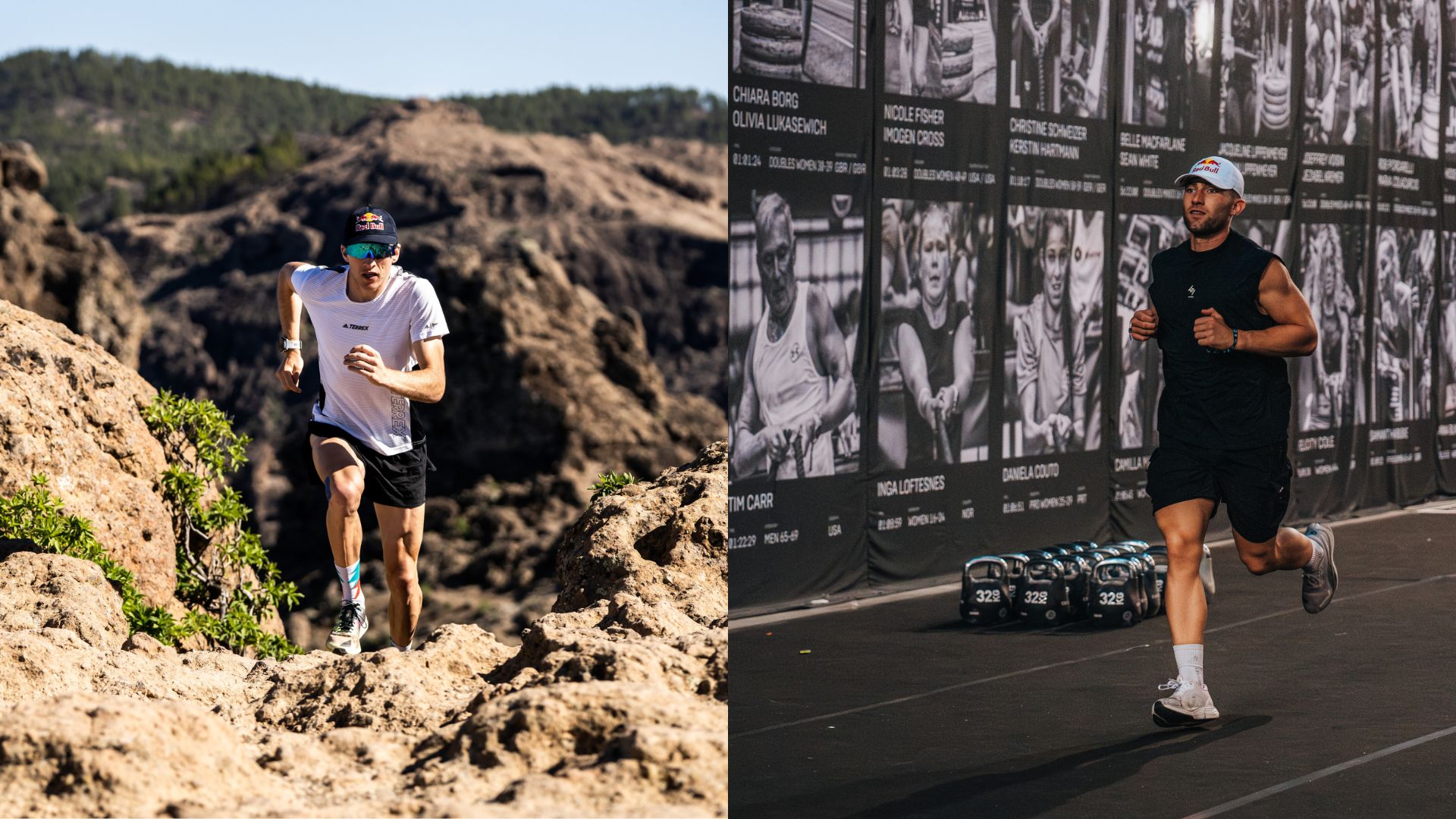 Trail running vs road running: which terrain is right for you?
Trail running vs road running: which terrain is right for you?Are you better suited for the road or tackling the trails? Let's find out...
By Bryony Firth-Bernard
-
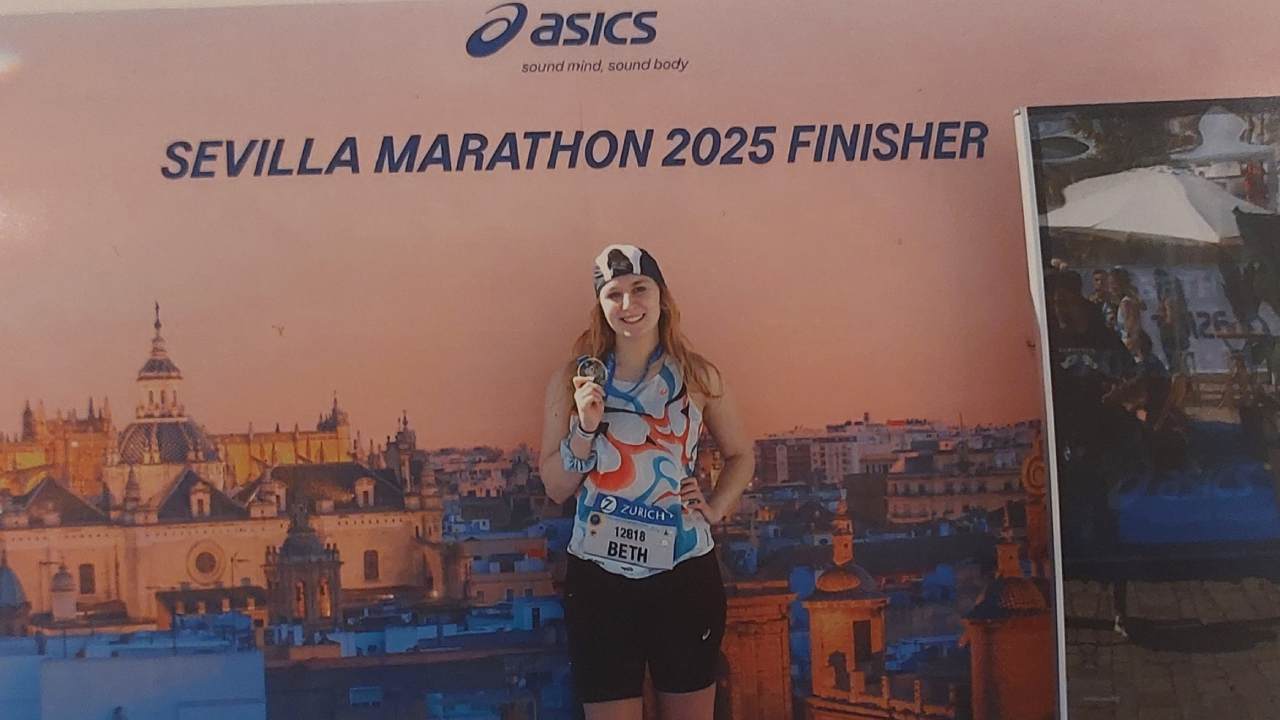 I ran the Seville marathon with ASICS – here’s 5 things I learnt from my first marathon
I ran the Seville marathon with ASICS – here’s 5 things I learnt from my first marathonEverything I learnt from my first marathon
By Bethan Girdler-Maslen
-
 6 running mistakes beginners should avoid, according to an expert
6 running mistakes beginners should avoid, according to an expertIf you want to avoid injury and improve your performance
By Bryony Firth-Bernard
-
 Sore lower back after running? A physio says these three exercises can help
Sore lower back after running? A physio says these three exercises can helpIf you’re prone to back aches after a run, give these a try!
By Bryony Firth-Bernard

